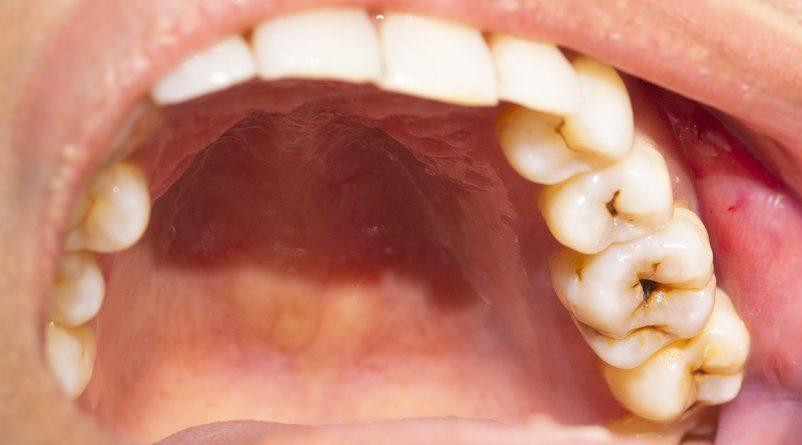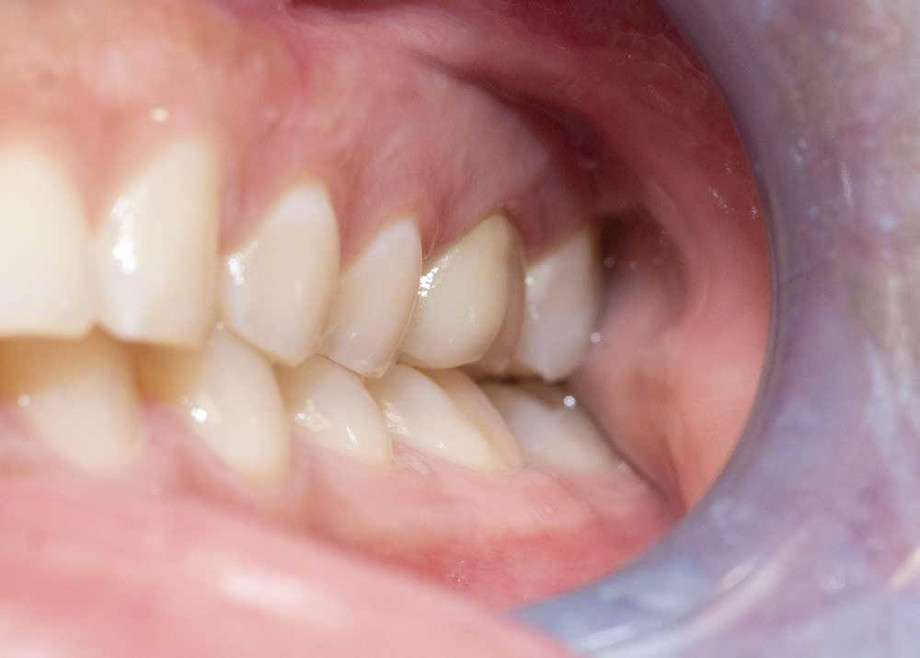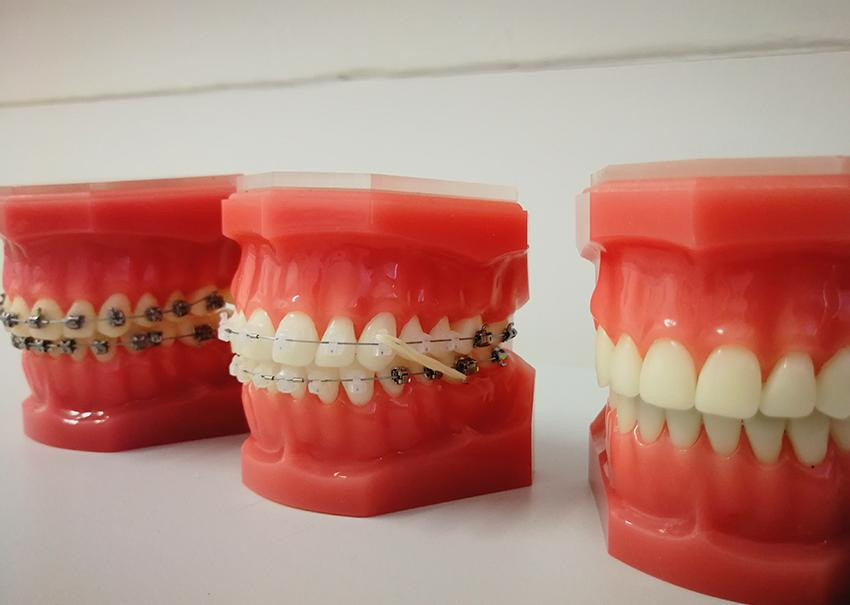A wafer-thin, custom-made shell of tooth-colored materials designed to cover the front surface of teeth to improve your appearance is known as Dental veneers. To the front of the teeth, these shells are bonded to change their shape, color, size, or length. Uneven, stained, and chipped teeth can be hidden by veneers.
Having damaged or discolored veneer teeth can affect their self-esteem or confidence for some people. They can help to improve the appearance of the teeth. Types of dental veneer available, cost of veneer, the benefits, and the dental veneer procedure, read this article to know more about all of these.
Types of dental veneers
There are mainly two types of veneers.
- Porcelain veneer- They are thin caps that a dentist can place on the tops and sides of the teeth. The dentist will remove some enamel from the tooth before placing them or attaching them. It is possible to make them whiter to brighten the smile however, porcelain veneers have the same color as natural teeth.
- Resin-based Composite veneer- They tend to be less expensive and require less enamel removal and are similar to porcelain veneers. Before placing the composite veneer sometimes a dentist may not have to remove any enamel. If damaged or broken composite veneers are usually easier to replace than porcelain veneers.
Cost of dental veneer
On the number of teeth a person needs to cover and the expertise of the person performing the procedure, these are the two criteria on which dental veneers range in price based. A person can expect to pay between $925 and $2,500 per tooth according to the ADA. These veneers cost can vary based on these:
- On the type of veneer
- Before the procedure the amount of preparation necessary.
- The geographical location of the person
Most insurance plans will not cover the cost, since most insurance companies consider veneers a cosmetic procedure.
Benefits and Risks of Dental Veneers
These are the advantages of veneers:
- A natural teeth appearance is provided by them.
- Gums tolerate porcelain well.
- Porcelain veneers are said to be stain-resistant.
- To make dark teeth appear whiter a color can be selected.
- As crowns require much shaping compared to veneers but still they are stronger and look better.
Dental veneer risks
The risks involved with Veneers teeth are as:
- This process can not be undone
- The cost of veneers is much high as compared to composite resin bonding.
- If they chip or crack veneers usually cannot be repaired.
- The color of your other teeth cannot be matched by these veneers.
- People with weakened teeth, unhealthy teeth, are advised not to get the veneers.
Dental Veneer Procedure
You may require three trips to the Dentist Office Near Me in order to get a dental veneer. The first one is for consultation and two to make and apply the veneers. At the same time, one tooth or many teeth can undergo the veneering process. These three are the main steps in the dental veneer procedure.
- Diagnosis and treatment planning
- Preparation
- Bonding
Article Source : https://dentist-offices-in-houston.blogspot.com/2021/09/what-are-types-cost-and-benefits-of.html


